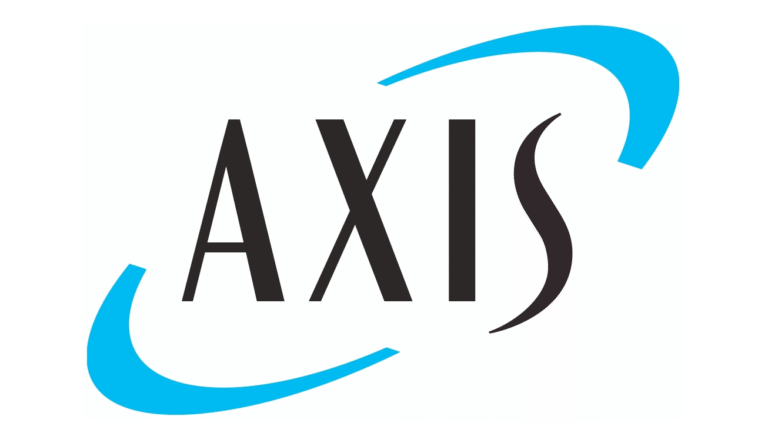
Delivering a keynote speech at the 29th Federation of the Afro-Asian Insurers & Reinsurers (FAIR) General Assembly in Mumbai, India, earlier this week, Hitesh R. Joshi, Executive Director at Indian reinsurance company GIC Re, said that re/insurance is key to the UN’s Sustainable Development Goals (SDGs) as he underlined the need for resilient growth.

“The story of this century will be written by emerging markets and Africa. Emerging economies will take centre stage due to their key role in driving global growth. And given emerging challenges, growth will have to be resilient. Given the challenges caused by climate change, we need to calibrate growth measures and trajectory through responsive, inclusive and sustainable growth, which will ensure resilience,” he said.
The theme of 29th edition of the annual conference was resilience and sustainability, which Joshi explained has been emerging as a theme since 1970, but really only got formal recognition in 2015 by the way of the sustainable development goals promoted by the United Nations.
“If you look at the timeline of sustainable development goals, SDG, which runs from 2015 to 2030, we have achieved about 35-40% of the targets set for 2030. However, it is noteworthy that targets were not recast following the pandemic, so we need to adjust this 35-40% achievement in the context of the pandemic,” he explained.
“SDGs are intertwined with insurance in a major way, directly as well as indirectly. Insurance is at the heart of SDGs. Resilience challenges encompass macroeconomic uncertainty, currency and interest rate volatility, capital flight, protectionism, sanctions, regional conflicts, supply chain disruptions, digital and cyber risks, regulatory changes, pandemic, and climate change. However, the most daunting is climate change,” continued Joshi.
He explained that, over the last decade, the climate change scenario has undergone a massive transformation, noting that 2015 was the warmest year with the global average temperature approximately 1.1°C above pre-industrial levels. Then, 2016 saw 1.3°C above the baseline, and 2023 saw 1.45°C above the base line, and 2024 saw 1.6°C above the baseline. 1850 to 1900 is considered the baseline for comparisons.
According to a meteorological organisations, and as highlighted by Joshi, there is an 86% chance that at least one year between 2025 and 2029 will exceed 1.5°C above this base level, and there is a 70% chance that the final average warming for 2025-29 will be more than 1.5°C.
“Of course, risk markets can help capital markets with the right risk written equation. Global capital markets, valued over $400 trillion, dwarf the insurance sector, which manages about $40 trillion in assets, and generates about $8 trillion in annual premiums,” said Joshi.
He went on to reiterate that insurance and reinsurance are at the heart of financial inclusion, financial convergence, and sustainability and resilience.
“Resilience will depend on the purchase of insurance and reinsurance, which was reflected in the dominant theme, called the protection gap,” said Joshi.





